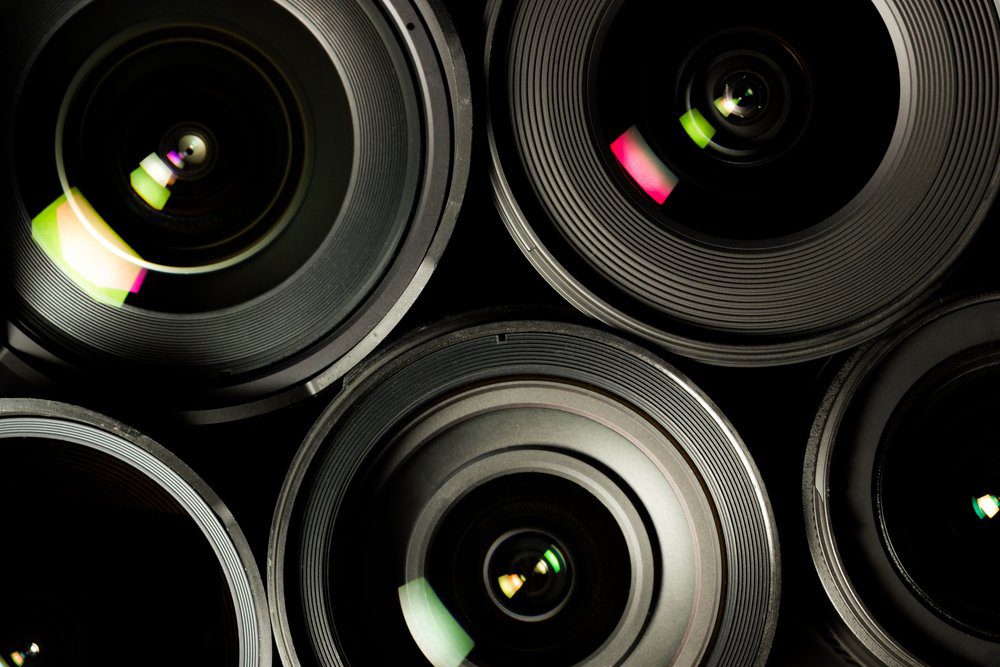

Steve Wagner
Understanding Depth of Field and How it Can Affect Your Photos
Whether you’ve just picked up a camera for the first time or are a keen amateur photographer, you need to understand depth of field and how it can affect your photos. This is a common photography term and needs to be considered to get the best photographs. It can be used at varying degrees, so the focal point of your picture is in sharp focus, or the subject is highlighted in a blurry background. Depth of field can be used to create certain effects, drawing the viewer’s attention to specific elements in the scene. So here we’ll explore what factors will affect your depth of field and how depth of field can transform a good shot into a superb photograph.
The Depth of Field Basics
In simple terms, depth of field is the amount of the image before and beyond the focal point. This will impact whether your subject or background is sharply focused at the same time. The depth of field is determined by several factors: lens, subject distance, and aperture. Although a camera can only focus on one tiny point, depth of field will determine how much of your image has “acceptable focus” for the human eye.
Lens
The focal length of the lens will play a large part in determining the depth of focus of your images. You should think of your lens strength as a limiting factor for aperture capabilities. A greater magnification factor will provide a smaller depth of field. For example, a 70 mm lens will provide the largest depth of focus, while a 300mm lens will provide the smallest. This is particularly pronounced for macro photography where a close subject proximity and high focal length will result in a depth of field no bigger than an inch.
Subject Distance
Just like your lens strength, your subject distance will play a large part in the depth of field for your image. The closer your subject or focal point, the smaller the possible depth of field. Just imagine holding your hand in front of your face at arm’s length. Even if you focus on your hand, you’re likely to see lots of your surroundings in a reasonably clear focus. Now when you move your hand towards your face, you’ll see less and less of your surroundings in clear focus, until you’ll see very little when your hand is right in front of your face.
Aperture
Aperture is the primary control factor for depth of field. Aperture is the adjustable opening that controls the level of light striking your digital sensor or film. When the aperture size changes, the angle of the light changes. Aperture is measured on your camera controls by f-stops, which are ratios derived from the focal length and size of lens opening. In simple terms, a large f-stop will provide a large depth of field that needs more light, while a small f-stop offers a small depth of field with less light needed.
Test it for Yourself
You can easily test the effects on your photographs and experiment with controlling the depth of field. Compare different photographs to see how much of your scene falls into focus as you adjust your aperture settings, lens and subject distance. You’ll be able to take this new knowledge into each of your photographs, and you’re sure to gain greater control of all your images.
